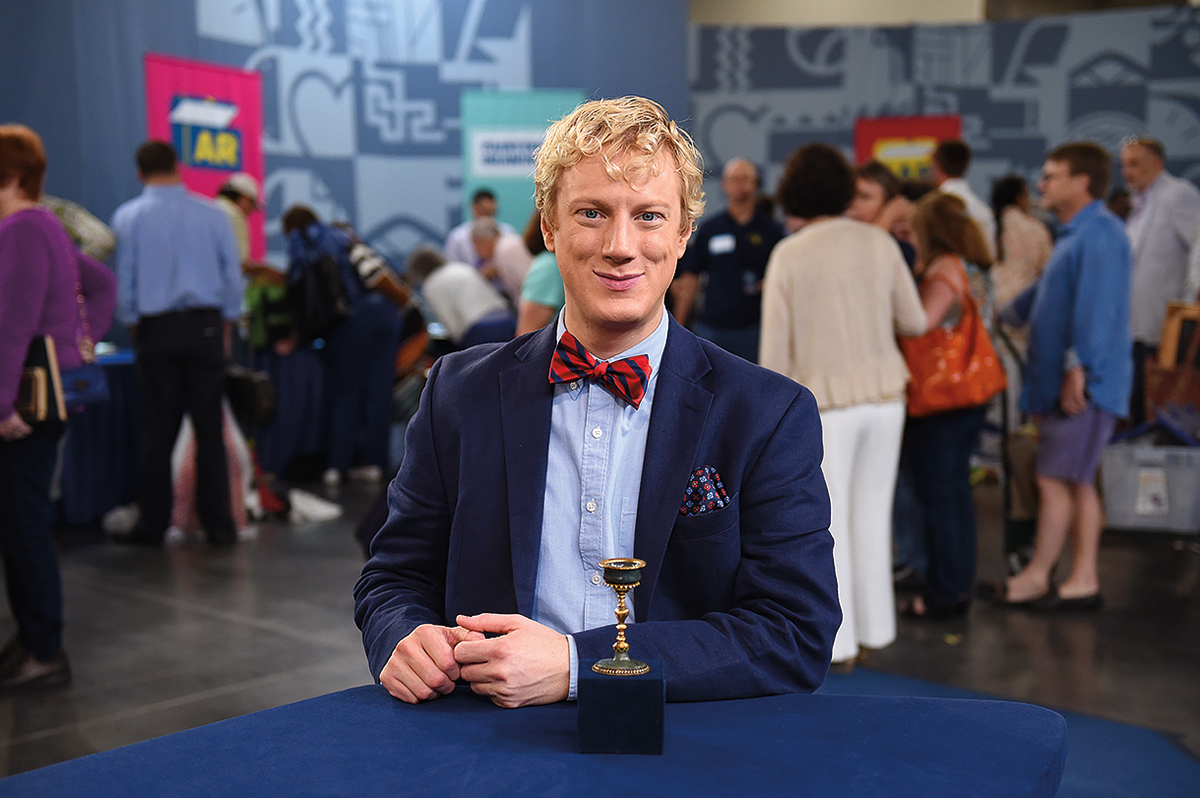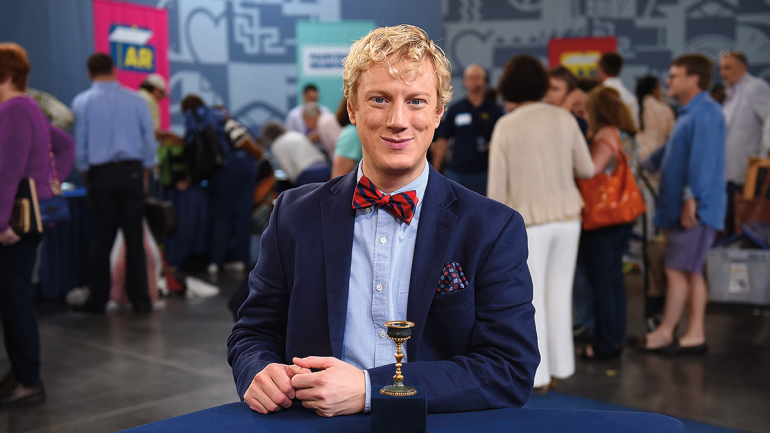What It's Worth?
What It's Worth?

The Antiques Roadshow veteran, whose encyclopedic knowledge spans everything from rare French wines to Japanese silverware, shares the ins and outs of appraising handmade jewelry—and whether it makes sense to do it at all.
First of all, how did you become an appraiser?
My first job out of college was working at the front desk of Sotheby’s in Chicago, answering the phone. After about a year, I was transferred to a specialist department. Three years later they moved me to New York. Then Christie’s hired me, and then I went to work for an independent art advisory and appraisal firm in Los Angeles. I’ve had my own company, Jason Preston Art Advisory and Appraisals, for 11 years now. I did not study art history or decorative arts, but I’ve had some really wonderful colleagues who were more than happy to share their knowledge—people who are now at the pinnacle of the auction world. I learned by osmosis.
Tell us about your experience with Antiques Roadshow. You just finished filming your tenth season, right?
Indeed. I had been asked if I was interested a couple of times, and when I started my own company in 2012, I decided I was ready to give it a try. A lot of colleagues from my Sotheby’s and Christie’s days had done it, so I saw it as an opportunity to see friends in the industry who are still back East. It’s like summer camp for appraisers; a huge part of the reason we do the show is to see each other. Also, the production staff are fantastic.
How would someone go about appraising handmade jewelry? Say, a unique piece inherited from a family member.
After someone passes away, most people are trying to establish a piece’s value for equitable distribution of assets, or because they don’t want to keep it and would like to donate it. Federal estate tax exemptions are high, so only an incredibly small percentage of people are subject to estate tax. [In 2023, if someone’s estate is worth $12.92 million or less, they don’t have to worry about federal estate taxes.] When making a donation, only pieces that could be worth more than $5,000 would require an appraiser; people can self-appraise up to that amount. I and many of my colleagues spend a lot of time explaining to people why they don’t need to hire us. It only takes two days of my time to make my services cost more than $5,000, so you have to know it’s really worth it.
Noted! But what if we want to sell a piece of jewelry, on eBay or a similar vendor, and want to set a fair price?
Unless there is an established secondary market for this piece, it’ll sell at scrap value. If a maker isn’t seen at brick-and-mortar houses or doesn’t have a regular presence on eBay, most appraisers will look at jewelry and say “I have no idea who made this,” so the market value is whatever the gold or the stone would be worth. You have to be able to support your value opinion with comparable sales data.
What’s one example of antique or vintage handcrafted jewelry that could sell well?
The Kalo Shop from Chicago in the 1920s is a well-known maker with a very established secondary market.
What’s the most interesting craft appraisal you’ve ever done?
One of the coolest craft objects I handled was a Guatemalan silver box with a set of six worry dolls. They were tiny little things, about one inch long, and you put them under your pillow at night to eliminate your worries. [Traditionally, Guatemalan worry dolls were given to children so they could tell the dolls about their fears.] One of my subspecialties is celebrity-owned property, meaning I appraise celebrity estates or collections, names like Katharine Hepburn, John and June Cash, and the Kennedys. And this silver box was in Nancy Sinatra’s estate, and it most likely had belonged to Frank Sr.
pbs.org/wgbh/roadshow/appraisers | @jprestoninc




